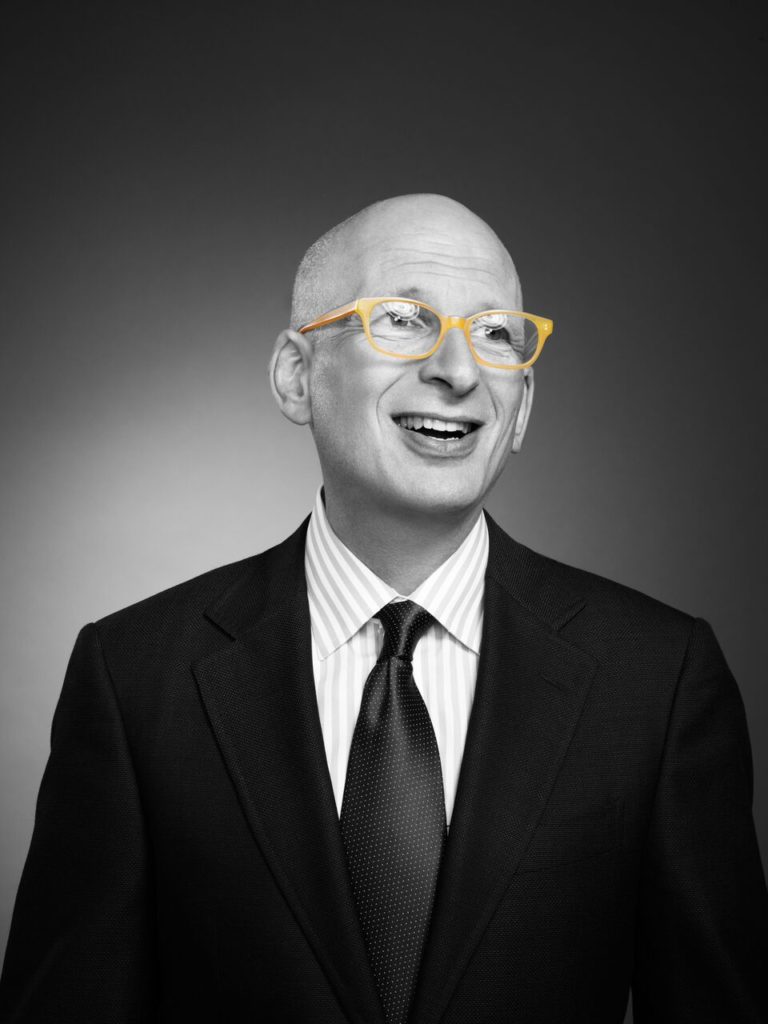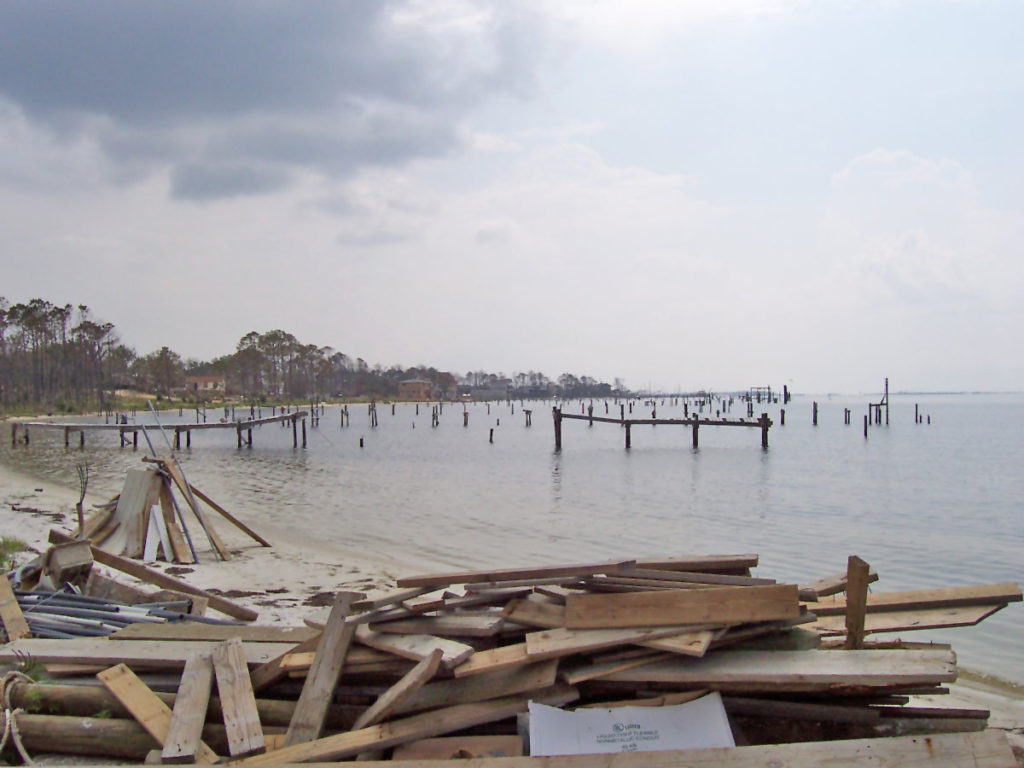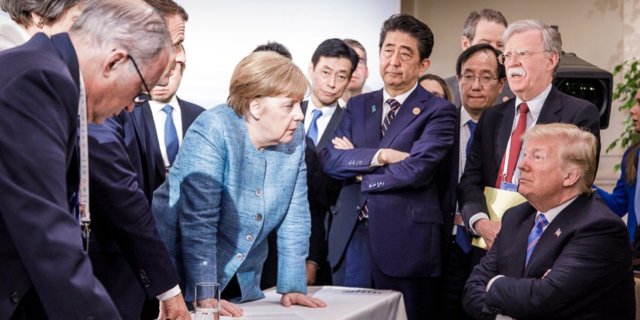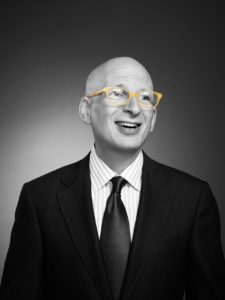Seth’s 23 Points of Light
Surely, we can build a better future with technology instead of focusing on autonomous drone delivery of a latte 9 blocks away in San Francisco.
—Seth Godin, December 31, 2018
On New Year’s Eve, Seth Godin riffed on an ambitious list of 23 problems we can focus on solving. A few of my favorites:

1. High efficiency, sustainable method for growing sufficient food, including market-shifting replacements for animals as food
2. High efficiency, renewable energy sources and useful batteries (cost, weight, efficiency)
8. Useful methods for enhancing, scaling or replacing primary education, particularly literacy
12. Gene therapies for obesity, cancer and chronic degenerative diseases
13. Dramatic leaps of AI interactions with humans
14. Alternatives to paid labor for most humans
15. Successful interactions with intelligent species off Earth
17. Cultural and nation-state conflict resolution and de-escalation
18. Dramatically new artistic methods for expression
Seth’s list fascinates me because it uses technology as a jumping-off point to solve social problems. Most of us don’t think of technology that way; too often, we think of technology only in terms of lifestyle issues (I don’t even want to label them as problems). Go back to the quote at the very top of this post to see what Seth says about that!
I’m one who does think of technology this way. I’ve written frequently about using technology to turn hunger and poverty, war, and catastrophic climate change into abundance, peace, and planetary balance.
And like Seth, I think we actually can solve these huge problems. As he writes,
[This list seems ridiculous until you realize that in the last few generations, we created vaccines, antibiotics, smartphones, GPS and the Furby].
Not to mention viable solar power, conflict resolution based on deep listening, the ability to access the world’s entire written or pictorial knowledge base from devices the size of a watch, a vast increase in the quantity and quality of organic food…
So I let Seth’s list percolate in the back of my brain for a week.
Here are a few I’d add:
- Peace: no more armed conflict as a way to settle grievances, anywhere—and this means diplomats must be trained deeply in nonviolence theory and practice, using not just academic but also empirical hands-on problem-solving and creative thinking
- Nonviolent, respectful conflict resolution taught from preschool through college as a required subject, and reinforced through adulthood in the media, the court system, and government—among other things, that means no longer glorifying actual or threatened violence or presenting it as a way to solve problems in film, TV, or literature
- New tools for genuine democracy: governments at all levels from village to planet that work for the benefit of their entire population while minimizing any restrictions on personal freedom to act in any ways that don’t harm others, that are based not in who pays the candidates the most but in how each government unit can benefit its population (including the non-humans) and the ecosystem (macro and micro)—this also means ensuring that votes are free and fair, honestly and accurately counted, and allow all citizens to participate
- Two-way or multiple-way communication with many plant as well as animal species—maybe even with bacteria—not just by a few outliers, but as other languages people could study
- At least 50 percent urban community food self-sufficiency: even our most paved-over spaces, like New York City, should be able to supply 50 percent or more of their own food, using rooftops, windowsills, traffic islands, public green spaces, etc. (This will require cleaning up pollution using plant-based filtration, first—and ending sources of ongoing pollution from fossil-fuel-powered vehicles, buildings, and powerplants)
- Complete conversion to clean, renewable, non-fossil, non-nuclear power sources within five years for new construction or manufacture, and fifteen years to phase in the conversion of existing buildings and vehicles
- Elimination of all forms of slavery, including not just sex trafficking (Seth’s #3), but also sweatshops, child slaves picking cocoa beans in Africa, prison labor at far below minimum wage…
- Speaking of prison—isn’t it time we had more humane ways of dealing with criminals and sociopaths?
- Exploration of space in ways that honor the ecosystems, not to rape and plunder their resources but to expand our knowledge, develop laboratories for alternative ways to design a society, and perhaps find other intelligent life forms we can communicate with and learn from, as Seth notes in his #15 and #23
- And because not everything has to be so ambitious and grandiose, making email useful again. Figuring out a way to eliminate spam while letting legitimate messages through, even if people write about subjects like marketing or cancer of a the mammary system using the b-word, but keeping the real junk out. That’s actually pretty ambitious, because the only way it’s likely to get done is with a huge leap in artificial intelligence technology—in other words, this is one application of Seth’s #13.
Like Seth, I’ll ask, “What’s on your list?” Please leave a comment whether it’s your top few or a longer list. If comments are closed (which they do automatically after a certain time), write to me at my contact form, https://greenandprofitable.com/contact/, and use the subject, Blog Comment: Seth’s List. I’ll get them posted here.









